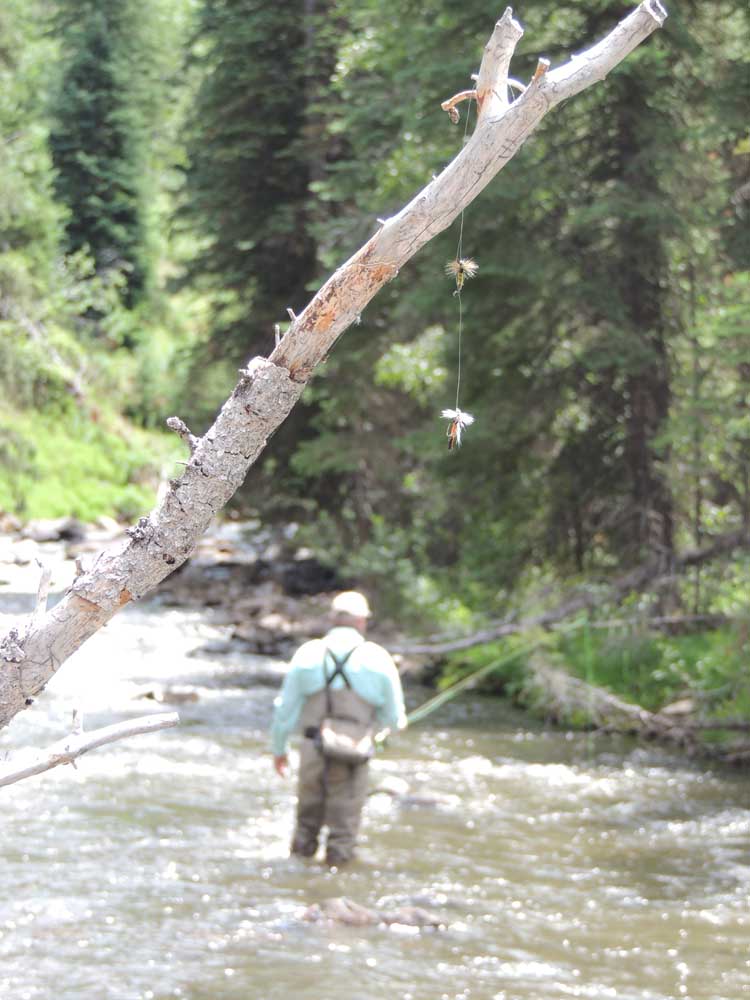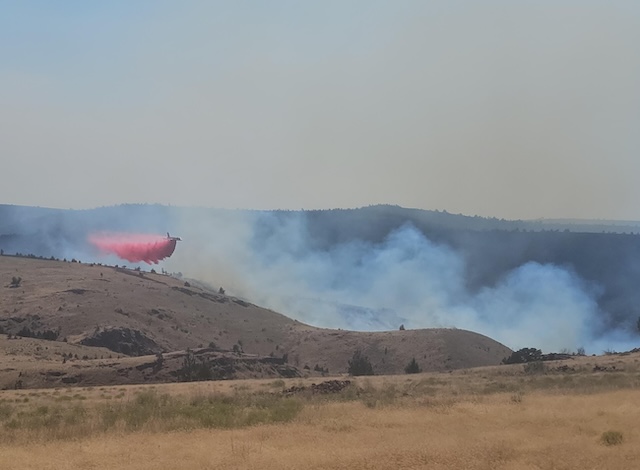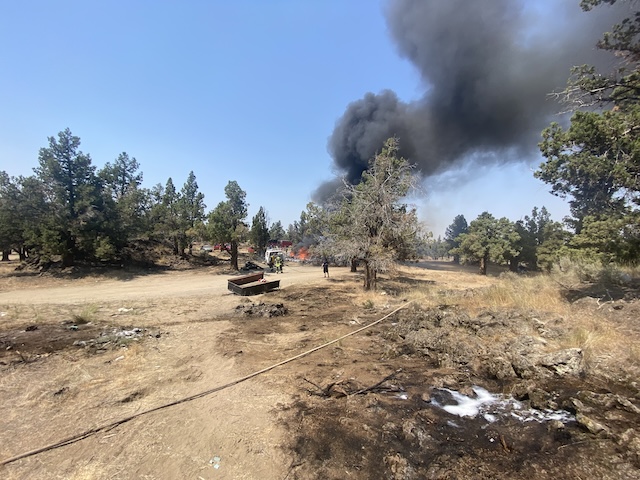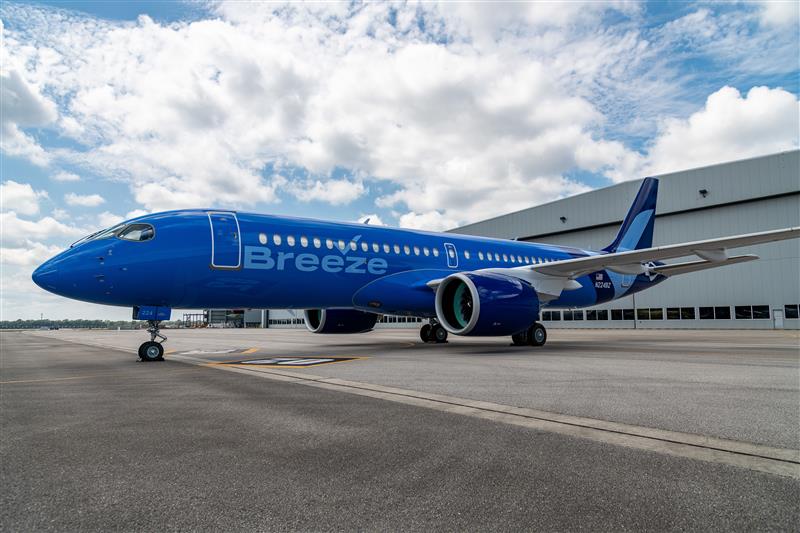Fly-fishing as prayer: in pursuit of Utah’s Cutthroat Slam
Published 12:00 am Monday, August 6, 2018

- In pursuit of the Utah Cutthroat Slam, Brooks Hansen angles upstream past a pair of dry flies offered up by a previous angler.(Gary Lewis/For The Bulletin)
Our mission: catch four subspecies of cutthroat trout in four different watersheds. Three of the fish could be found within 90 minutes in one direction or another from Salt Lake City. These were the Colorado, the Bonneville and the Bear River cutthroat. To get the Yellowstone subspecies, we had to drive almost to the border with Idaho and Nevada, into Utah’s northwest corner.
Sam Pyke and I arrived on afternoon flights and we carried our bags out to the curb and found a bit of shade. Jesse Riding and Paul Mason, of Rainy’s Flies, picked us up and we drove to the foothills.
Trending
Brooks Hansen joined us in Park City, where we plotted strategy over sushi. Hansen, Riding, Mason and I had signed up with the governor’s office in our quest for the Utah Cutthroat Slam.
To qualify, an angler must register with the state of Utah, catch each of the four subspecies and document each to its river of origin.
There is no time limit, but we had a self-imposed three days and a possible fourth day if we needed it.
Riding traced his finger on the map up a tiny ribbon of blue where we hoped to tease up a Colorado cutt. From there, we would head into the headwaters of the Weber River.
I’ve often equated fly-fishing, especially dry-fly fishing, with prayer, and I found myself on my knees to keep my silhouette low when I cast a hopper/dropper under some willows.
Two feet of drift and the dry plunged. I lifted the rod tip and saw the fish flash. This one tore out line and I dropped the rod downstream to turn it before it went into the root structure. Turn it, turn it again, turn it again. Behind me, Riding splashed in and scooped the fish, a 15-inch Colorado cutt in its spawning colors, in the net as it crossed a sandbar.
Trending
It was Brooks’ turn next, and soon he could count a Colorado cutt to his credit.
For a time, Utah’s state fish, the Bonneville cutthroat, was thought to be extinct or genetically compromised in all of its native range. Today, Bonneville cutts, what Utahans call Bonnies, are back.
The state counts more than 40 streams, lakes and reservoirs where Bonnies may be bewildered and bemused by fly-fishermen. As we wanted to stay in the Uintas, we dropped over into the Weber River drainage, stopped for doughnuts in Kamas, then angled up a canyon where we found a path down to the water.
Again, a dry and dropper was the go-to rig. To run deeper, I used a Hot Spot Pheasant Tail beneath a bushy dry. A 9-inch brook trout was first to tumble to my offerings, taking the dry. Another fish sipped and when it flashed, I saw the tall fin and the blue/green shine of the scales that told me I’d surprised a grayling.
With both knees wedged into rock, I worked the dry and dropper from the waterfall down, saw the dry plunge and set the hook into a fine Bonnie. This one measured 9 inches, with vivid parr marks along its body and, characteristic of Bonneville cutts, black spots scattered from top to bottom with orange slashes.
Now we were ahead of the game and could have tried for the third subspecies. Instead, we stopped for a shore lunch — chicken cordon bleu — on the Camp Chef stove and went back downstream to fish up again.
To get our Bear Creek cutts, we started out of Park City before dawn. Our goal was a small tributary of the Bear River. Down through a meadow, we stepped in moose tracks and entered the stream at a shallow riffle.
I opted for a Yellow Sally dry and a Casino Royale on the dropper. It was apparent I did my best work on my knees. As soon as I’d stripped out line, I knelt in gravel at the water’s edge.
The first fish was a brookie. I moved up around the corner and again took the position of the supplicant, casting a pair of prayers upon the water. Wonder of wonders, the Yellow Sally disappeared to a yellow flash in the water. A cutthroat danced on the end of my line and Mason swooped in with the net and we had our first Bear River cutthroat.
It was still early in the morning when we could count each of our anglers’ Bear Rivers toward the Slam. Three out of four of our fish were caught.
On day three, we were way up in the northwest corner of Utah. Pyke looked at the little creek about the width of a piano bench and ankle deep and said something like, “The only thing we’re going to catch here is giardia.”
I went to my knees creek-side and offered a streamer — Empie’s Deadly Shiner — completing my Utah Cutthroat Slam with the Yellowstone. Before 10 minutes more had passed, each of our anglers had completed the slam.
Utah cutthroat are hard on the knees.
— Gary Lewis is the host of “Frontier Unlimited TV” and author of “Fishing Central Oregon,” “Fishing Mount Hood Country,” “Hunting Oregon” and other titles. Contact Lewis at www.GaryLewisOutdoors.com.








